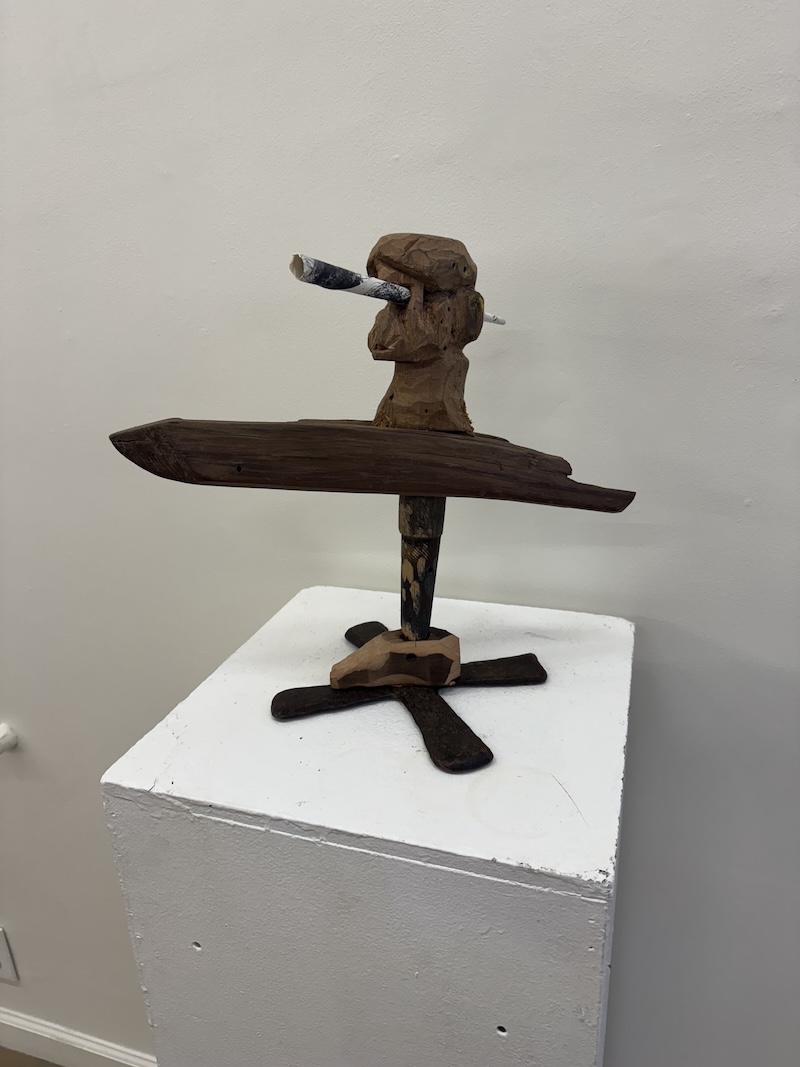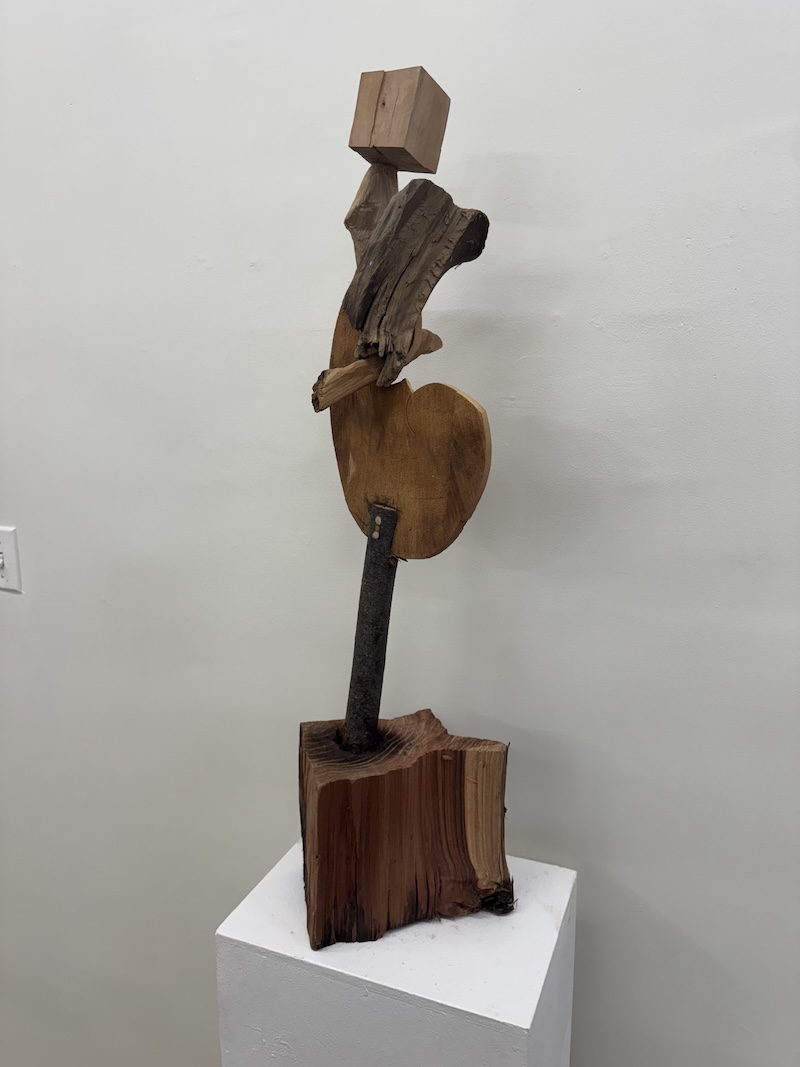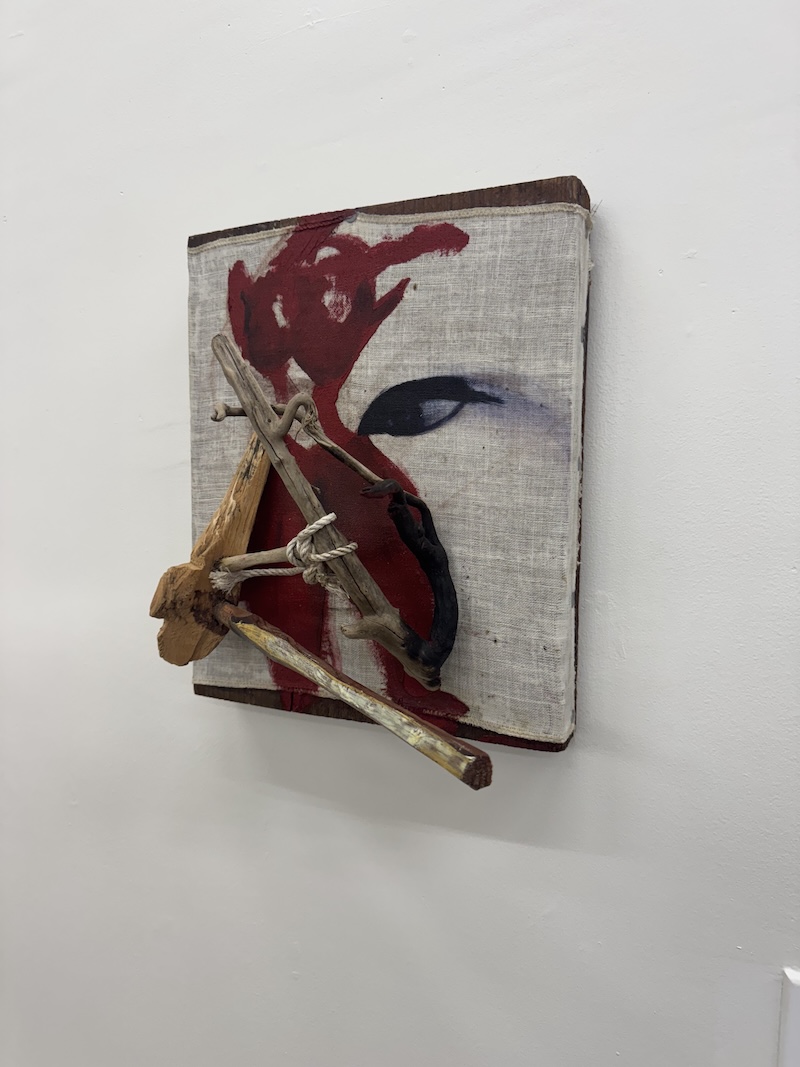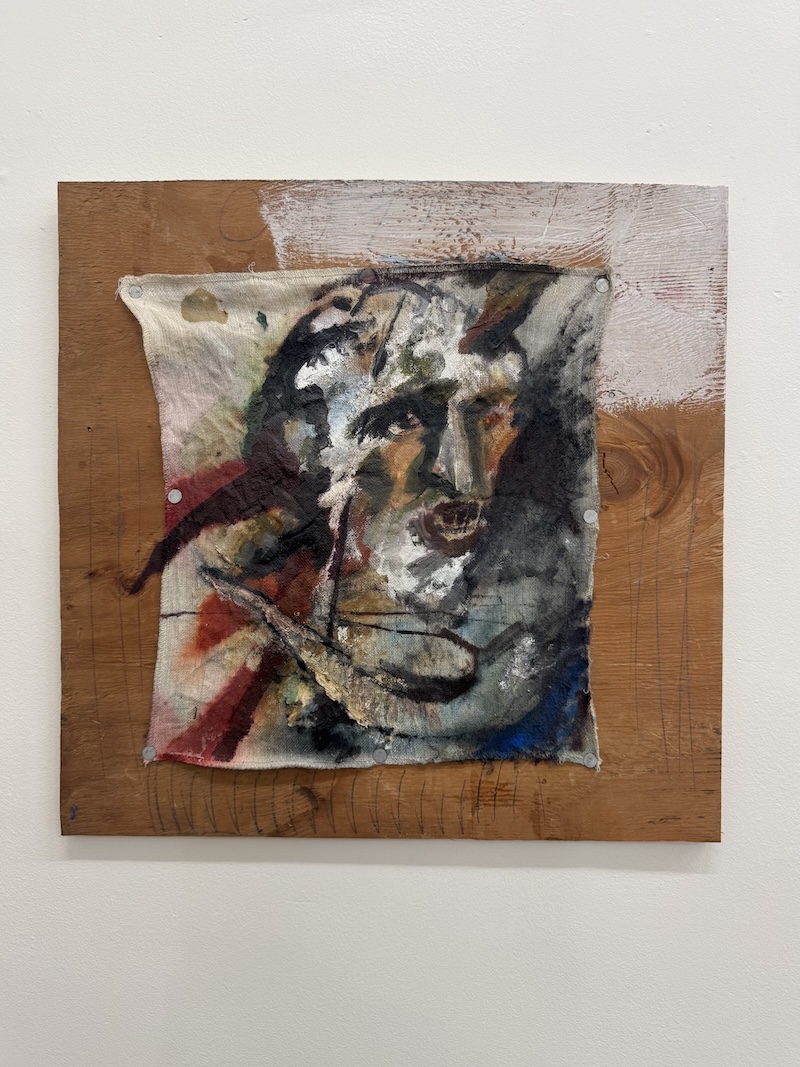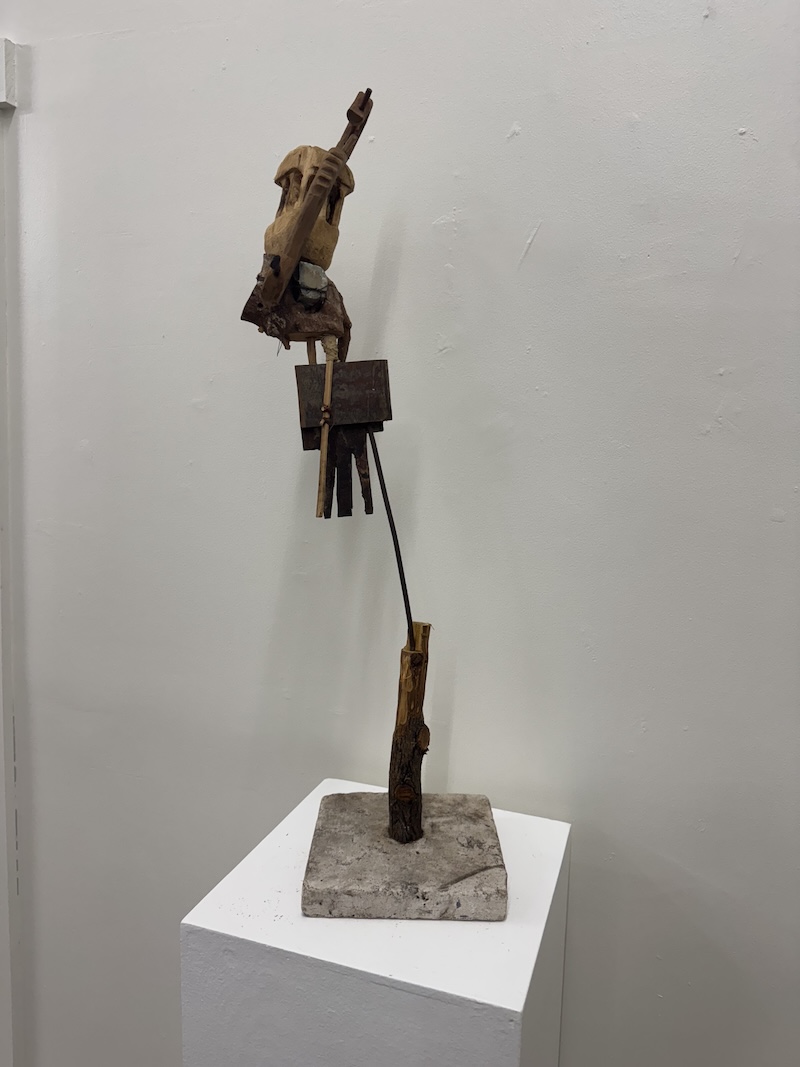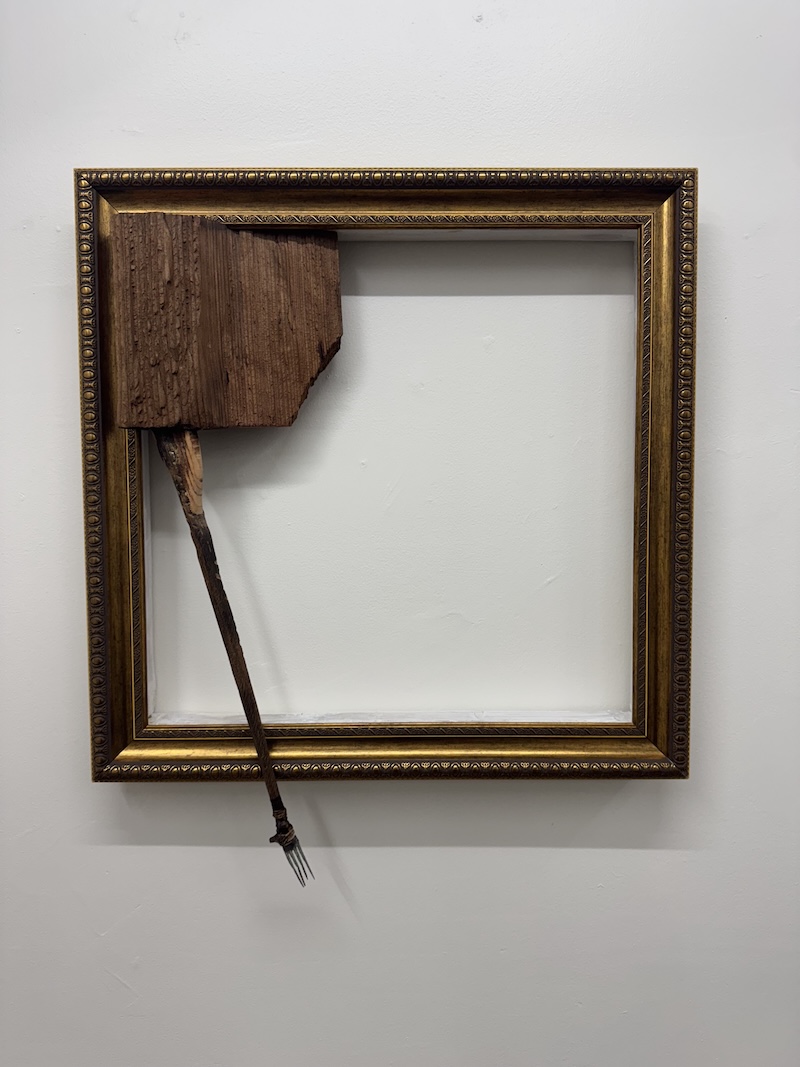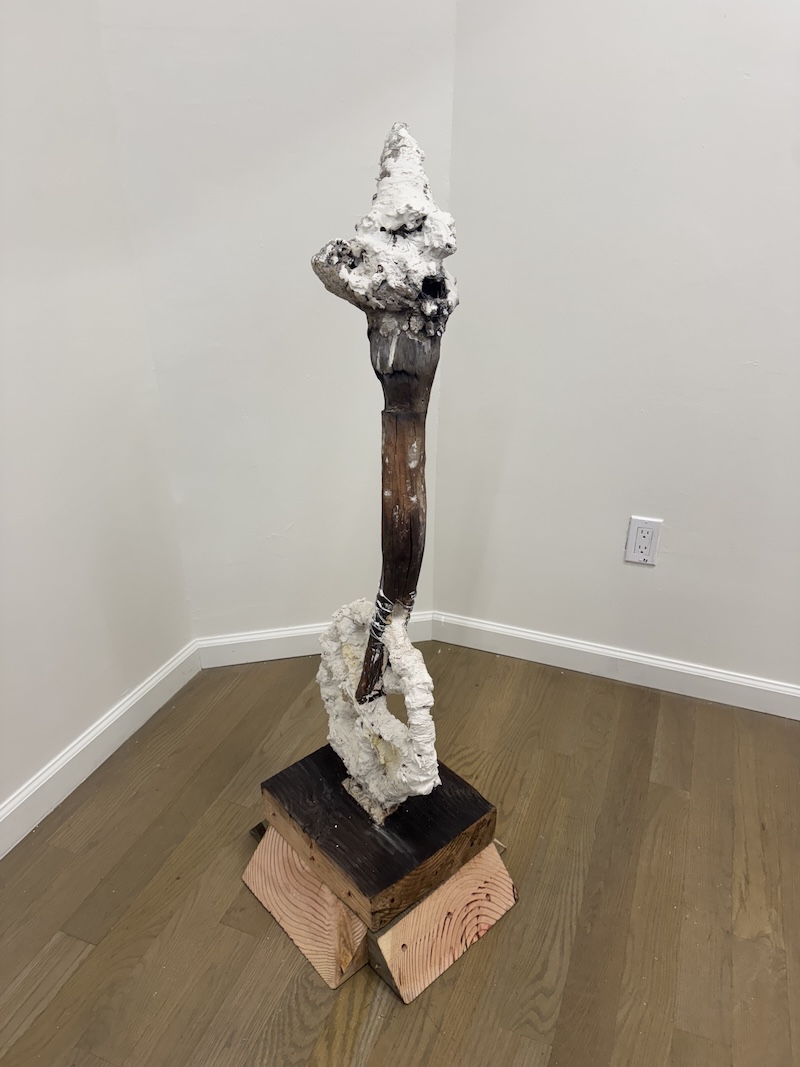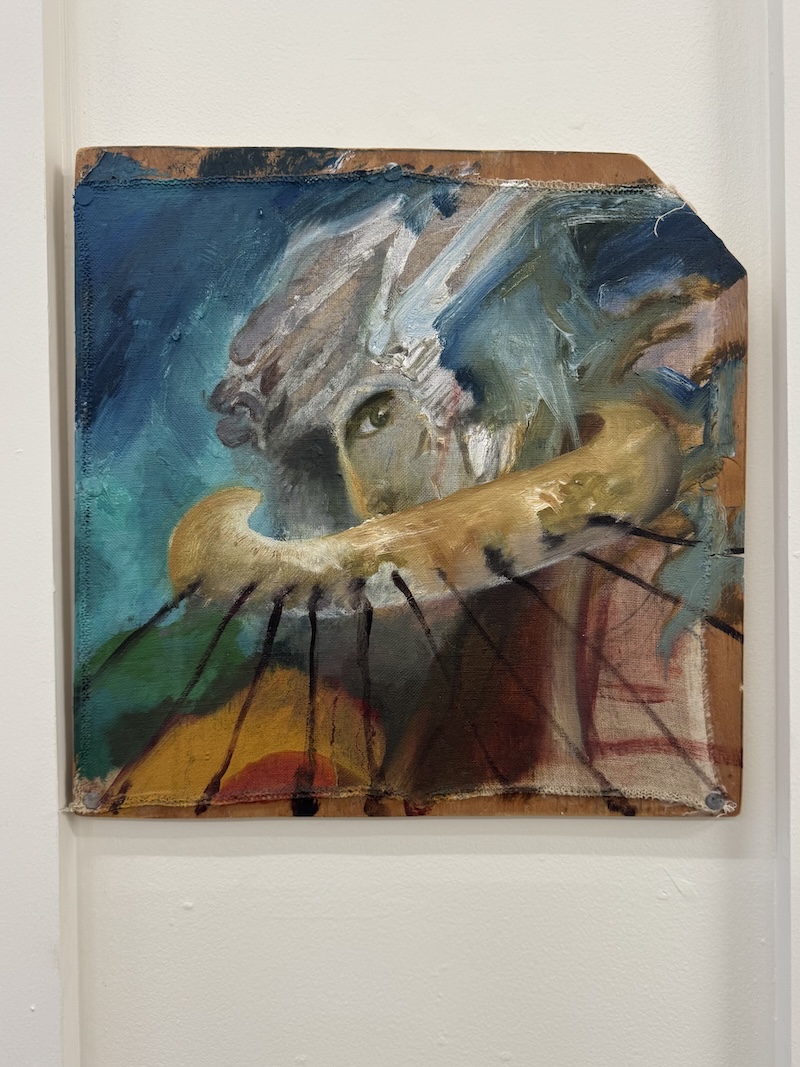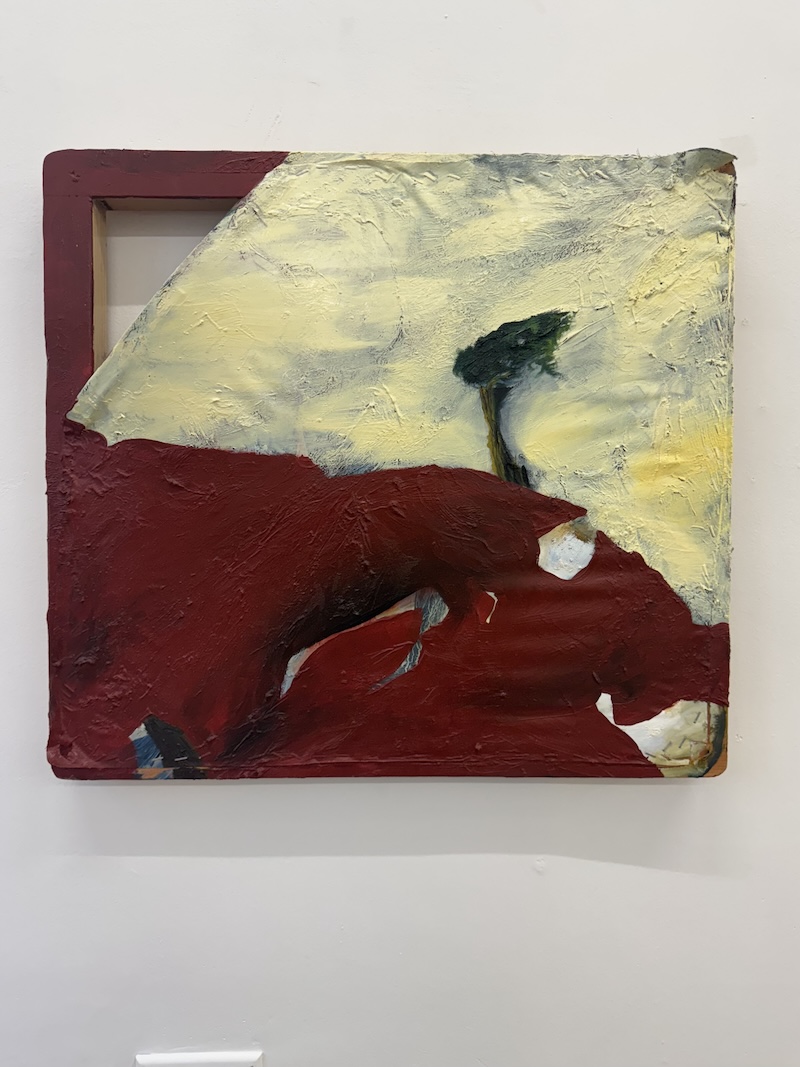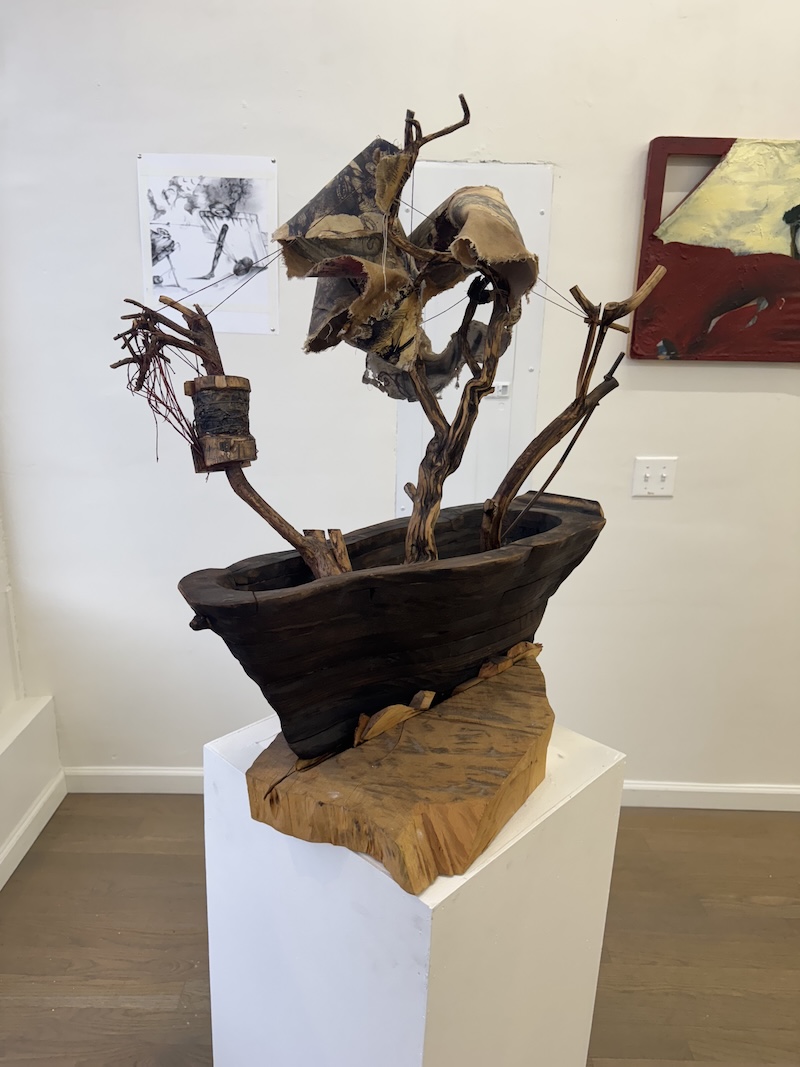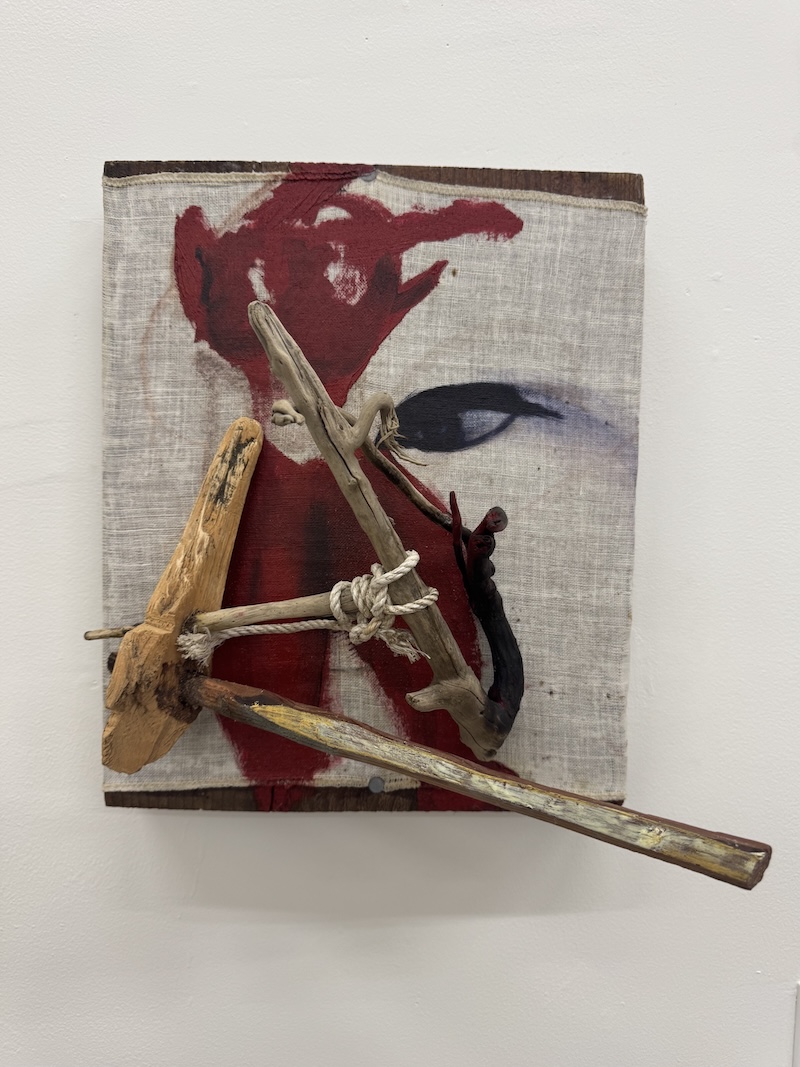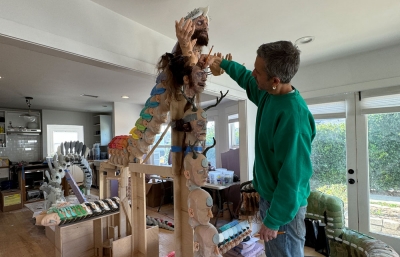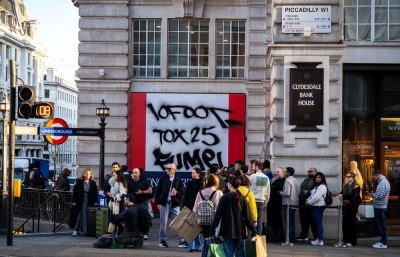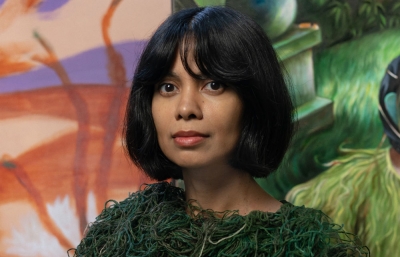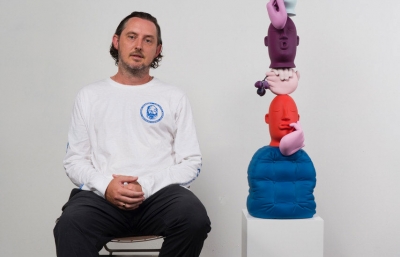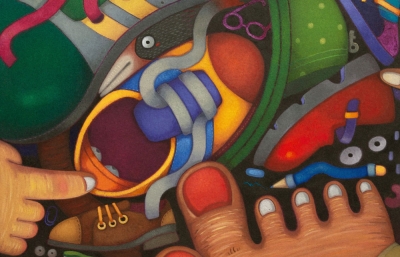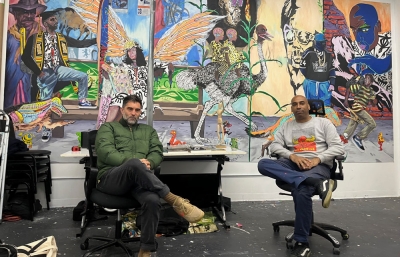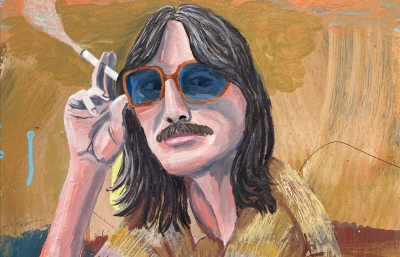Paul Spencer is an artist who fuses painting with found object sculpture he often carves and scratches into, recognizing that each medium has its limits. Proficient at both, he achieves singularity when he pushes each form into the other. A landscaper who forages and salvages a variety of wood out of gardens, garages, and dumpsters; Spencer keeps an eye out for shapes he foresees working with to realize his artistic vision. This vigilance, scouting for an object implying something distinctive, yields wood remnants previously milled or the detritus resulting from pruning trees and shrubs. He apprehends a future use, albeit with no time constraint, thus launching a bricolage sentiment: using all available materials to solve aesthetic challenges. It is precisely the mishmash of elements that spawn his constructive creativity and defines his unique art making.
The prescience to conceive that a scrap of wood has a special resonance, beyond whatever its intended purpose was, to observe that it stands as an organic shape and emanates qualities of its own, is at the root of his art practice. Joinery and the use of wood glue, screws and nails, complete the transformative practice. When assembling the pieces doesn't suffice aesthetically, Spencer chisels into the wood or pays attention to the final coat; he sometimes varnishes wood elements with beeswax, desiring a natural and less brilliant quality, thus resolving the composition. Often, the curves and hard edges of a piece highlight biomorphic shapes, yet rather than have them brood alone, he combines and fuses them together. He is a matchmaker promoting companionship among objects hitherto discarded as if once stranded on an island of misfit toys. But there are no outcasts when Spencer has his eye on something.
Some artmaking evolves rapidly, but Spencer’s work is typically a protracted resonance. He may put together two pieces in dialogue with one another, then let the amalgam percolate. He’ll look at it, walk by it, handle it, slowly allowing it to simmer. Later he might adjust its orientation evoking different insights. Even later still, he’ll think of it while making another piece, realizing the two are actually related and will fit perfectly together. Its orientation could shift, he may manipulate the wood with carving, or even by adding paint, but the object aura remains largely as he first encountered it. Spencer knows that time invites familiarity. Delayed formulation explains why the finished pieces convey maturity.
The dramatic changes a piece can undergo over time is exemplified in "Melancholic Procrastination” which comprises an assortment of seven wood pieces fitted together to form a 36 inch tall sculpture. The wood cube which adorns the top of the piece was originally the base of a four-piece work in progress. One of those elements evoked a canoe, with a deep groove in it, which Spencer had featured in an alignment suggesting it was capsized. Later, however, he fitted the four-piece sculpture with a central piece of redwood saved from a separate project. The two pieces nestled together perfectly, causing the new top to beam forward like a budding flower. That piece of redwood connotes an elongated heart or lung shape, dramatizing an anthropomorphic quality. The decision to reverse the original orientation liberated the piece, creating movement. Thereafter a tubular piece of plum wood connects the redwood lung, with two wooden dowel joints, to a base also made from discarded redwood.
In "The Strategist" (14 inches tall), Spencer completed the composition by taking an old drawing of a myriad of faces and rolled it into a narrow cone which he pierces through the top wooden cranium element of the sculpture. In “Cantilever” (frame measures 24 x 24 inches) Spencer breaks the expectation of a clean composition when he allows the stabile, with an extended metal fork on a long stick of Brazilian walnut (Ipe), to hang in front of the confines of the gold frame. In effect, he's proclaiming that each medium cannot fully convey what they can together. Just as with “Melancholic Procrastination” the sculptural component originally stood in a reverse alignment. Yet with time, he saw the movement and emphasis, turned around, flanked by an elaborate frame.
Two other works emphasize the fusion of mediums. “Kampai” is a small painting on linen depicting something suggestive of a woman’s torso Spencer has affixed a wood sculpture to, which includes redwood, cypress, and driftwood (possibly eucalyptus). The decision to meld mediums causes a hermetic questioning of what comprises the essential elements of painting. "The Blood Good and the Cypress" which utilizes a silk screen frame (21 x 23 inches) is another direct instance of disrupting expectations. He's painted on it but allowed the support to fold over, and into itself, thus allowing the viewer to see through the upper left of the picture plane.
Spencer exhibited twelve artworks (sculptures/paintings), and a few additional drawings and notebooks at his recent Upper Market Gallery solo exhibition. He appears on the art landscape of San Francisco seemingly out of nowhere. Yet, anyone looking at these pieces can sense they are in the presence of a mature artist who speaks his own language; the work evokes seeming familiarity, singular and new.
After graduating from the San Francisco Art Institute in 2001 Spencer walked away from exhibiting art. Life, with its many wonderful twists and turns, led him to Brazil on two occasions (the first time in 2004), where he lived with his growing family until returning for good in 2011. Since then he has devoted himself to a commercial landscaping business which includes designing, constructing, and maintaining gardens. All the while he continued making work, but he let go of any career expectations; he abandoned work, gifted it, and more recently donated single pieces on two occasions to fundraising auctions. Now in his 50s, this exhibition shows the remarkable potential and promise he displayed while a student at the San Francisco Art Institute in the early 2000s; his imagination for new work is as bright as ever.
The most reductionist description of Spencer is to call him a forager; meaning he diligently seeks out objects, usually made of wood, that resonate a quality of possibility. His artistry is seeing things others cannot. In doing so, he engenders a fresh beginning; he elevates a new entity, whose parts were once diffuse and yet, still yearned for an opportunity, a community, a chance to speak again. Spencer’s art making, his life practice, compellingly offers us that. —Matt Gonzalez
Paul Spencer was on view at Upper Market Gallery from 1/31/25 – 2/2/25

